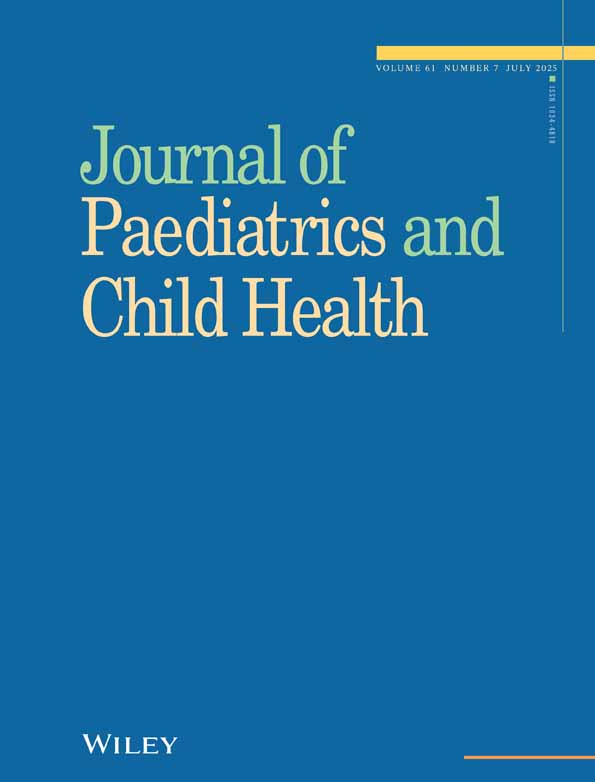Childhood deaths and cargo barriers in cars
Abstract
Abstract: To analyse features of childhood deaths associated with the absence or presence of car cargo barriers, three cases were taken from the files of the Department of Histopathology at the Women’s and Children’s Hospital and State Forensic Science Centre, Adelaide, Australia, over a 5-year period from January 1993 to December 1997. Case 1: A 6-year-old boy who was a rear passenger sustained fatal crush injuries from unrestrained luggage moving forward after an accident. No cargo barrier was in place. Cases 2 and 3: Two children aged 3 and 9 years, respectively, died from acute hyperthermia after they became trapped in the back of a station wagon with a fixed cargo barrier in place. Although car cargo barriers are excellent devices for preventing injury from unrestrained objects striking or crushing passengers, designing barriers that can be opened easily from the rear of the cabin would prevent children being trapped in potentially dangerous circumstances.




